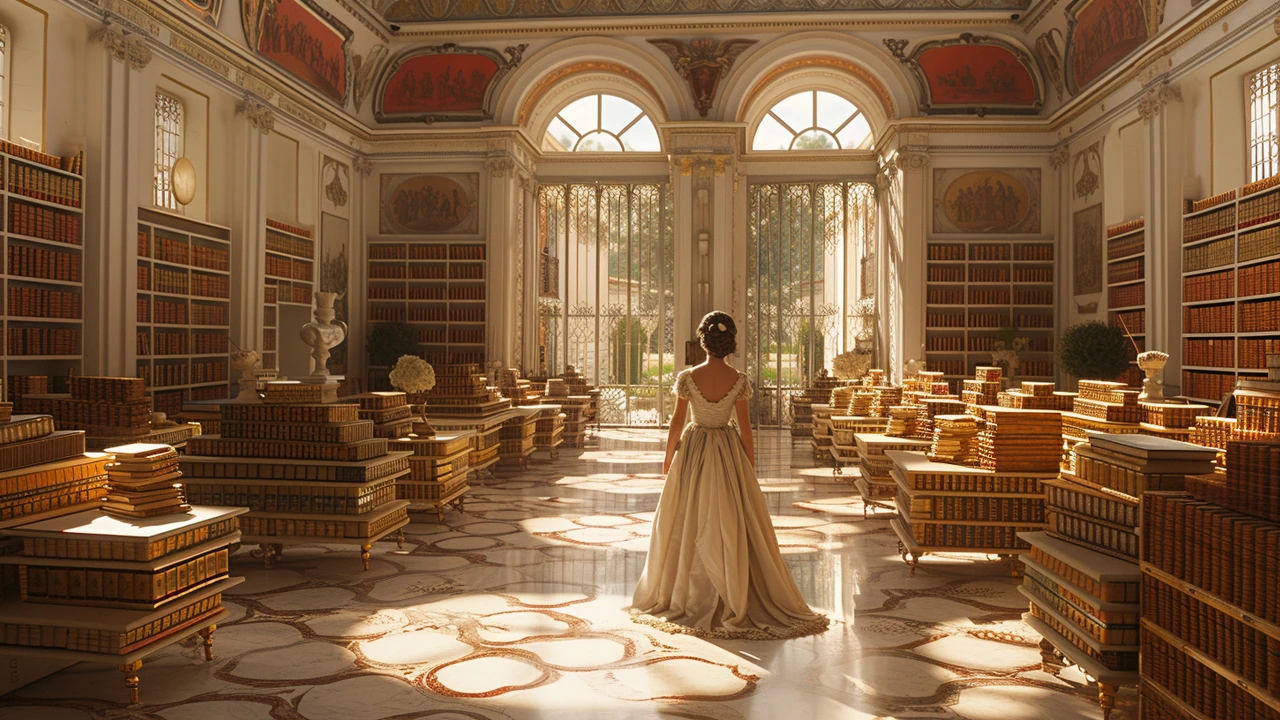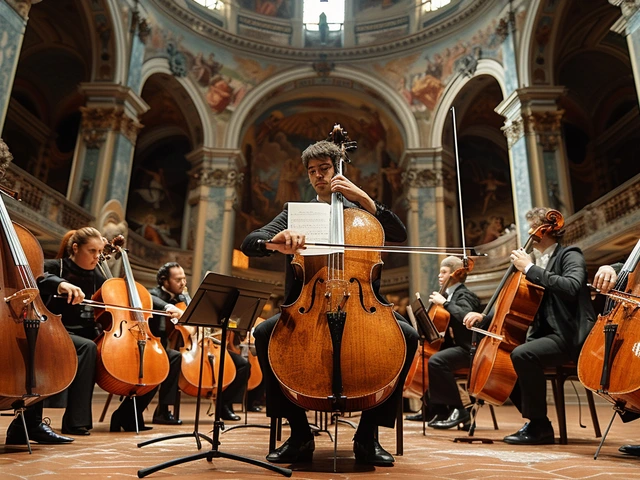What's in a Name: Unraveling the Art Nouveau Movement
Now, let's take a moment to understand a fascinating period in the annals of art history. Art Nouveau, a term borrowed from the French language, literally translates to "New Art". As an art movement, it flourished in much of Europe and North America from the mid-1890s to about the beginning of World War I. This was an era when conventional artistic norms were being challenged. This movement brought forth fresh ideas, out-of-the-box designs, and a liberal zest to challenge traditional artistic expressions. What gave Art Nouveau its uniqueness was its embrace of new materials, techniques, and the profound willingness to break free from historical aesthetics.
Before we deep dive, a fun fact for you. I remember vividly, during one of those enriching discussions with my spouse, Isla, we learned that Art Nouveau was not the initial name for this movement. It was first called "Stile Liberty" in Italy, named after a shop in London, Liberty & Co., which popularized the style. Quite something, isn't it?
The Tryst with Nature: Art Nouveau's Love Affair
The most distinctive feature of Art Nouveau is its profound inspiration from nature. Unlike the geometric forms and straight lines of the concurrent Art Deco style, the Art Nouveau movement was all about sinuous, inimitable lines and designs inspired by natural forms. You could spot the influence of plant tendrils, bird feathers, insect wings, and other elements of nature imbued in the artworks, architectural designs, graphics, and decorative objects. The whole idea was to bring out the organic themes in the most artistically appealing way, perhaps as an antidote to the increasing industrialization of the late 19th and early 20th centuries.
I can’t help but recollect an instance. Visiting an art exhibition with Isla, in front of an Art Nouveau masterpiece, I was captivated by the beautifully fused organic structures. An artwork with a woman's face with her hair morphing into flower-strewn vines, a lamp with iridescent glass in the form of blooming flowers. Sitting there, admiring the object of beauty, we felt like having a picnic within the boundaries of an enchanted forest. Art Nouveau brought nature to us in never before seen forms and hues!
Touching every Sphere: The Widespread Influence of Art Nouveau
One of the distinguishing aspects of Art Nouveau was how it seamlessly overlapped different fields of art. From architecture to paintings, from graphic art to interior design, Art Nouveau had a significant footprint everywhere. It was impracticable, indeed almost unbelievable, not to find its influence on furniture, lighting, fabrics, ceramics, glass working, even book bindings. This interdisciplinary nature of Art Nouveau helped it gain wider acceptance, bringing a sense of cohesion and unity to the distinct forms of creative expression.
Isla used to work at a Graphic Design firm, heavily using Art Nouveau styles for their designs. This is another reason why this movement always felt closer to home. Plus, who can forget the iconic Paris Metro entrances designed by Hector Guimard or those flamboyant structures of Antoni Gaudi in Barcelona which became synonymous with the city's architectural identity.
From the Cradle to the Grave: The Legendary Masters of Art Nouveau
All art movements owe their popularity to the magicians, the artists who drape their genius around them. Art Nouveau also had its share of great artists, enkindlers who propagated its essence. Renowned artists such as Gustav Klimt, Alphonse Mucha, and Hector Guimard were torchbearers of this movement, who pushed the boundaries of established aesthetics and created works of stunning beauty and originality. These maestros, with their creative zeal and revolutionary approach, established Art Nouveau as a force to reckon with, leaving an indelible mark on the world of art.
There is an interesting tip to identify Art Nouveau work. If you ever find yourself admiring a piece of artwork full of dynamic, flowing organic forms, chances are it's from the Art Nouveau period. Also, look for the use of the "whiplash" curve, a hallmark cue of Art Nouveau. This feature was a metaphorical whip to all the restricting norms of older art periods, so to speak. An audacious curve indeed!
Art Nouveau: Its Glow Still Shines
Although the booming flame of Art Nouveau began to be doused by the dawn of the 20th century, it's undeniable that the movement left an indelible impression on the world of art and design. It proved that art and design could be beautiful and functional at the same time. It challenged existing artistic norms and inspired future movements, including modernism. Even today, the principles of Art Nouveau continue to inspire artists around the globe and its splendid works of art continue to astound admirers, just like the first time I stood bedazzled by an Art Nouveau masterpiece decades ago.
Borrowing words from Isla, "Art Nouveau was not just another art movement, it was an emancipation, a celebration of the new, urging the world to break free and embrace the fresh zephyr!" So, every time you find yourself staring at a beautiful sinuous, nature-inspired line in a work of art or architecture, remember, you're probably admiring the everlasting charm of Art Nouveau!



